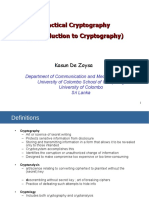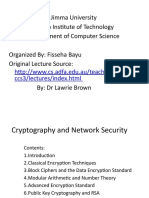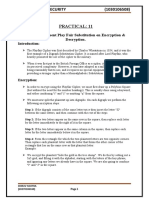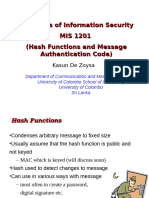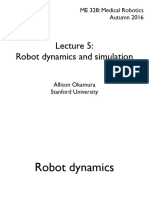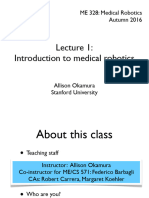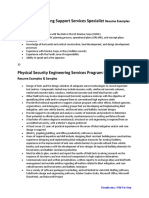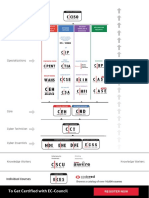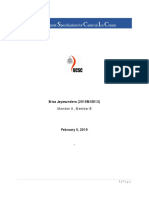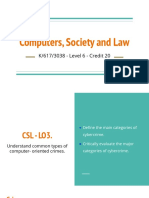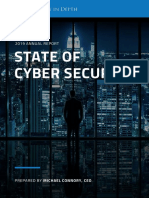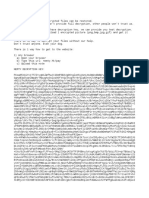0% found this document useful (0 votes)
52 views35 pagesL2 (IntroCrypto)
The document discusses principles of cryptography including basic concepts, definitions, history, and encryption techniques. It covers symmetric and asymmetric encryption, cipher algorithms, cryptography basics, definitions, and encryption modes.
Uploaded by
erica jayasunderaCopyright
© © All Rights Reserved
We take content rights seriously. If you suspect this is your content, claim it here.
Available Formats
Download as PDF, TXT or read online on Scribd
0% found this document useful (0 votes)
52 views35 pagesL2 (IntroCrypto)
The document discusses principles of cryptography including basic concepts, definitions, history, and encryption techniques. It covers symmetric and asymmetric encryption, cipher algorithms, cryptography basics, definitions, and encryption modes.
Uploaded by
erica jayasunderaCopyright
© © All Rights Reserved
We take content rights seriously. If you suspect this is your content, claim it here.
Available Formats
Download as PDF, TXT or read online on Scribd
/ 35
